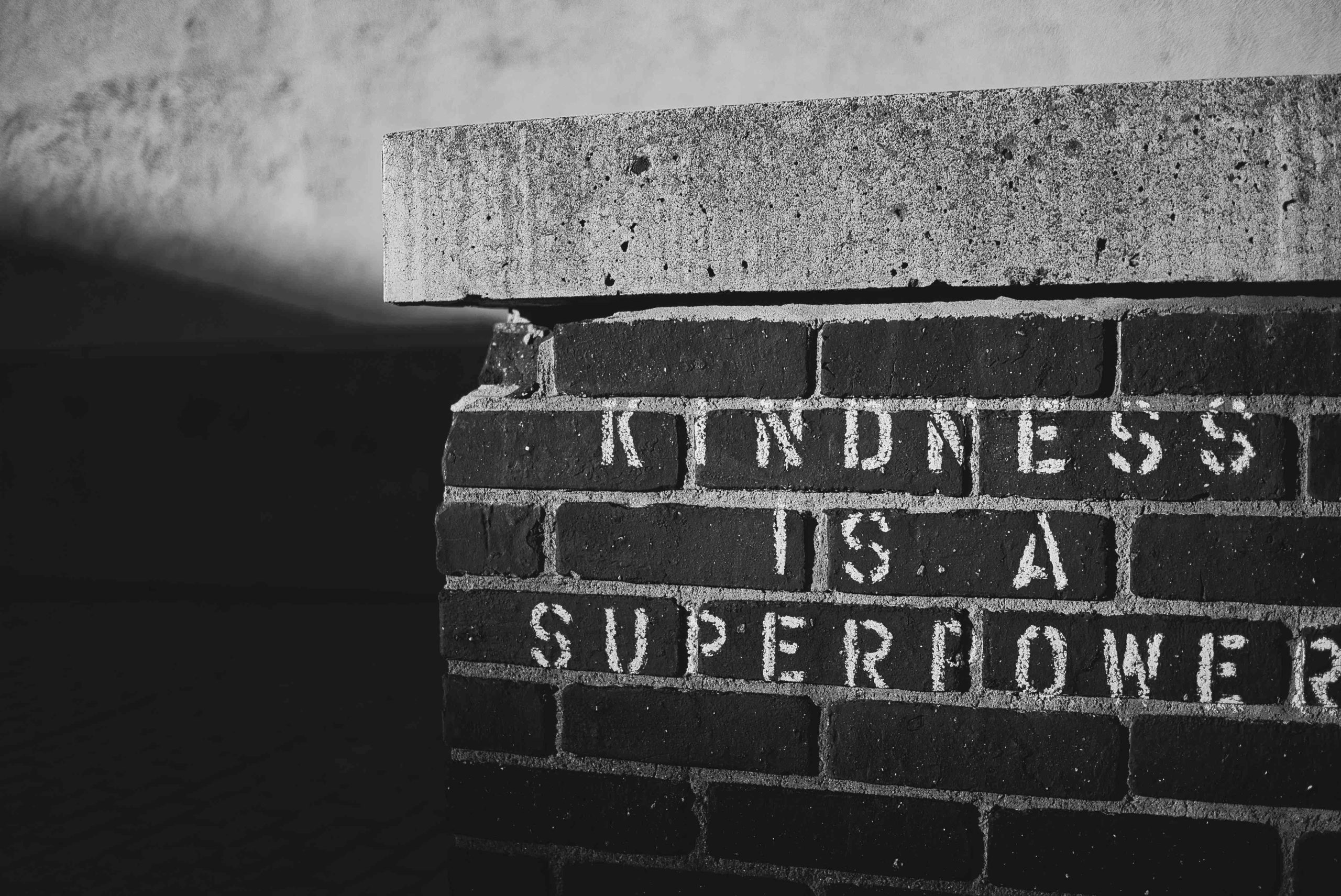With Valentine’s Day sneaking up on us, I thought it would be timely to talk about teaching kindness to young children. Our son is not going to win awards for being a kind soul. I can barely get him to model grace and courtesy consistently, and manners really matter to me, so this is an ongoing challenge that we face. Teaching kindness to young children is so abstract, and doubly hard during a pandemic when the normal ways that young children show kindness are still somewhat limited or frowned upon because of the proximity required or desired.
Modeling grace and courtesy
Grace and courtesy are the foundation of teaching kindness to young children: it’s how we help them understand what it means to be polite and how to appropriately communicate his or her feelings. Here are some relevant examples of easy ways young children can show kindness:
- Greeting someone
- Asking a question
- Welcoming a visitor
- Solving a disagreement
- Standing in a line
- Playing with a new classmate
These may seem like “duh” activities, but nothing can be overseen in early childhood education because our kids are still learning. And it will take repeated exposure and modeling for kids to pick up new skills or behaviors. The most tiring aspect of parenting young children is the number of times you have to remind them of something, and teaching kindness to young children is definitely one of those tasks that has to be absorbed slowly over time.
Playing with role models
I actively seek out playmates for our son who I observe to have kindness genes. Maybe they’re the ones who willingly share a snack with him even when he’s not asking nicely or whining about things. Maybe they’re the ones who always give him a hug when he walks in the door. And it could even be a friend who will test his boundaries but then stop and do the right thing. While we’re playing, I focus on pointing out the act of kindness that I observed and how great it is so that both children hear. And at home, I then have a conversation with my child where we replay the act of kindness and I remind him that I love him.
It’s important for kids to know that you might appreciate someone else’s behavior but that you love him or her because they have other strengths as well. Teaching kindness to young children is also about the kindness that you show yourself – no one is perfect, and young children especially require some mindful coaching because the last thing you need is for a child to disengage from you.
Role play at home
Eeboo is one of my favorite learning resource purveyors, and its I Heard Your Feelings Social Emotional Flash Cards are terrific conversation starters for teaching kindness to young children. I love that you can simplify what’s presented so that it’s age and developmentally appropriate, and I love that you can take them on the go, so that learning can occur while waiting in line somewhere, at the doctor’s office, or while on vacation. Playing with dolls/dollhouses is another great way to discuss and model kindness. And of course, books + discussions. Some of our favorites for ages 2-4 include:
- Tiger Days: A Book of Feelings
- Have you filled a bucket today?
- Strictly no elephants
- The Crayon’s Book of Feelings
- Sweep
Teaching kindness to young children isn’t always my favorite thing because lord knows, my child is a total beast some days and I despair of ever smoothing out the rough edges. But I have to remember that he just turned four! He is basically a neanderthal and has to age a bit more to get to a different developmental plane. The only way my kid is going to get better at being a human being is slowly and with repeated modeling/coaching. His struggle is my struggle, but in theory, these kids are going to be much kinder after they turn four. Here’s to hoping!

